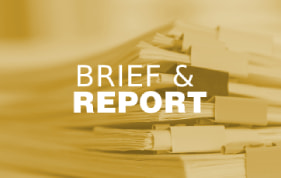As demand for behavioral health services continues to grow, accelerated by the COVID-19 pandemic, staffing and workforce capacity to deliver services has not kept up with demand. In a three-part series of issue briefs, colleagues from Health Management Associates (HMA) and the National Council for Mental Wellbeing (the National Council) offer immediate steps states can take to increase capacity and build a more stable workforce.
The first brief in the series focuses on Policy, Financial Strategies and Regulatory Waivers, and outlines solutions that can be implemented quickly to reduce administrative burden and maximize existing provider resources.
Several HMA and the National Council colleagues, contributed to the briefs and surrounding research.




